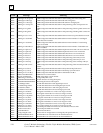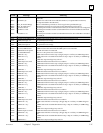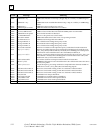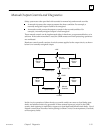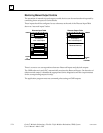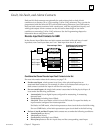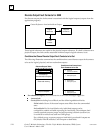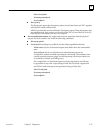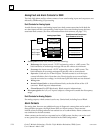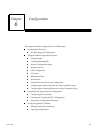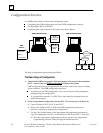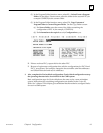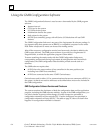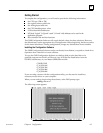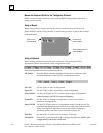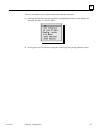
5
5-28 Genius Modular Redundancy Flexible Triple Modular Redundant (TMR) System
User’s Manual –March 1995
GFK-0787B
Analog Fault and Alarm Contacts for GMR
The fault, high alarm and low alarm contacts of non-voted analog inputs and outputs are not
affected by GMR analog I/O processing.
Fault Contacts for Analog Inputs
As with discrete inputs, voted analog inputs have fault contacts associated with both the
raw data inputs and the corresponding voted inputs. Non-voted analog inputs also have
associated fault contacts. (For more information about fault contacts, see page 7-21.)
Analog Input Table
Voted Inputs
Non-voted Inputs
Input
Voting
Logic
Bus A inputs
A
B
C
Bus B inputs
Bus C inputs
Conditions that Cause these
Fault Contacts to be Set
Any fault (below)
Genius fault
Genius fault
Discrepancy fault
Genius fault
Genius fault
Discrepancy fault
•
•
•
•
•
•
•
•
Discrepancy fault
Genius faults include Loss of Block, plus the following:
Underrange: the input exceeds –32,767 engineering units or –4095 counts. The
block transmits an underrange message and sets the value to its minimum.
Overrange: the input exceeds +32,767 engineering units or +4095 counts. The
block transmits an overrange message and sets the value to its maximum.
Open wire: Used only for 4–20mA inputs. The fault contact is set if the input
current falls below 2mA. Note that a 4 to 20 mA signal to two or more blocks
must be converted to a voltage, in which case Open Wire faults are not detected.
Wiring error
Internal channel fault: an internal channel fault, such as the failure of the A/D
converter. Block output is indeterminate.
Channel shorted: For RTD blocks only. Block output is indeterminate.
Discrepancy fault: the A, B, or C input is subject to voting and is outside the discrepancy
range.
Fault Contacts for Analog Outputs
For analog outputs, a fault contact is set for any Genius fault, including Loss of Block.
Alarm Contacts
For analog data, there are two additional types of diagnostic contacts that can be used in
the application program, the High Alarm and Low Alarm contacts. These contacts
indicate when an analog reference has reached one of its alarm limits. Alarm contacts are
not considered to be fault contacts.
Alarm contacts can be used on a separate bus in a GMR system, but they can not be used
on any parts of the system that are included in the GMR configuration.



